Assorted
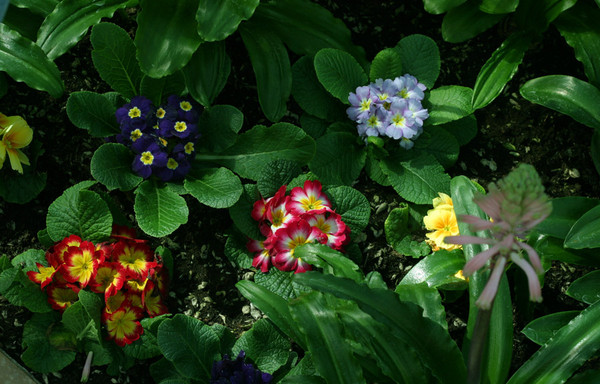
These are some of the beautiful plants around the “Sunken Garden” at Como Park Conservatory.

These are some of the beautiful plants around the “Sunken Garden” at Como Park Conservatory.
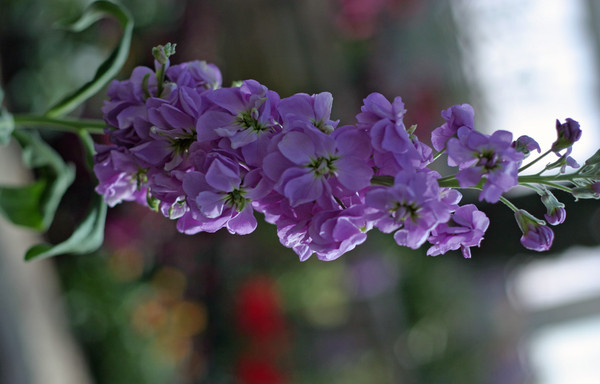

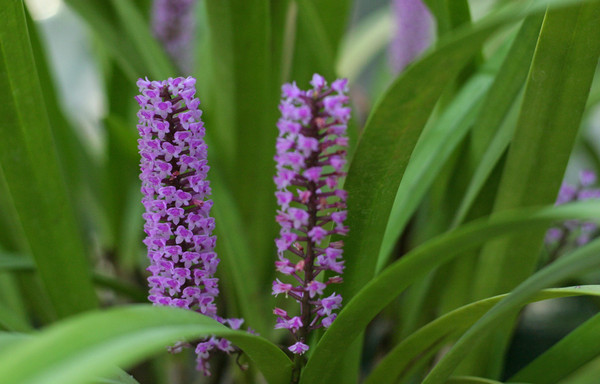

This’ll go on my desk, when I have a desk on which to put pictures.
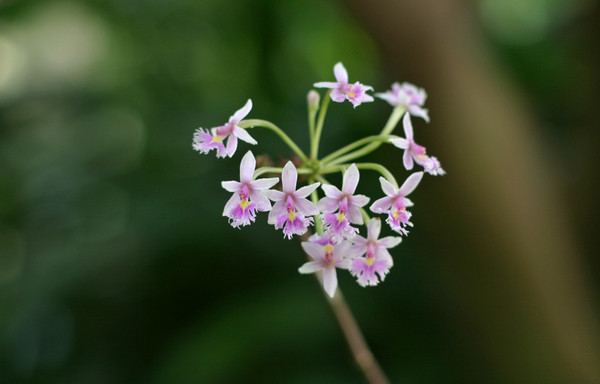
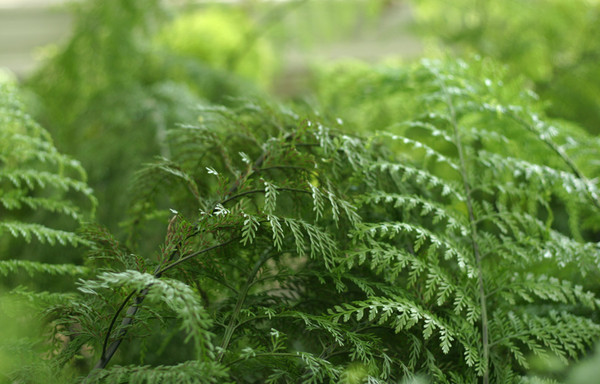

The GPS parsing logic I just wrote into this site has paid off unexpectedly — I put it there so I could start to add images with built-in locations when I (someday) get an iPhone, but Mykala just got her picture taken (by her mom’s iPhone) in front of the wonderful New York Times building during their trip to New York City. So, I get to show off the new capabilities of the site a little early.
Plus, great picture.
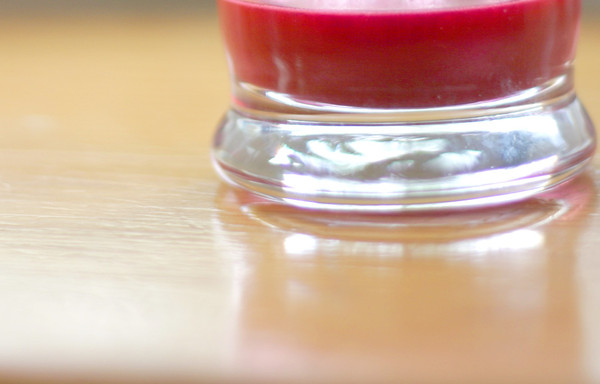
This is what “Creamy Grapefruit”, recipe 51 from The Big Book of Juices, looks like. It is absolutely, thoroughly delicious. Here’s what’s in (Mykala’s slightly modified) version:
The clementines are in season right now and are a delicious, sweet addition. Anyhow, what we do is juice these ingredients using the Omega 8004 Commercial Masticating juicer. It runs at 80rpm, so it just crushes the juice out, instead of rapidly slicing and whipping a bunch of air in. This maintains the greatest amount of nutrients found in the raw foods. Before college, I wouldn’t have believed that whipping air had an adverse effect on micronutrients. However, after doing DNA assays where bubbles and foam had be to avoided to preserve the results, and after doing many many oxygen sensitive reactions, I can understand the importance of gently juicing and immediately consuming (rather than refrigerating) juices.
So, recently, Mykala and I changed our diet. We’ve eaten very little meat all along (maybe once every two months?), but after Mykala read T. Colin Campbell’s The China Study, and watched a movie that summarizes it quite well (Forks Over Knives), she came to another conclusion: over our lifespans (which are now quite long), eating animal products results in more harm than good.
Mykala led the way last year, going vegan in July. I went along, with the exception of milk. I tried to taper off my milk consumption (I just love it on cereal), but to give veganism a proper try, simply stopped it cold turkey in October. Since then I’ve been all vegan. I’ve eaten soy, oat, rice and other milks whose components I don’t recall.
Fat free soy milk is not good — it tastes sharp and feels really thin. Non-dairy egg nog can be excellent, but contains a truly shocking amount of sugar. My favorite soy milk right now is Silk® Light Soy Milk. My main concern: it is sweetened with stevia. Well, technically it is sweetened with reb_A, the sweetest of the stevia components. Reb_A is produced using the stevia plant as a starting point… then via water extraction, methanol/ethanol extraction, plus the necessary filtration. So, I’m not concerned about the production, (those are very well understood, relatively safe solvents) but rather about Reb_A itself. Reb_A seems safer than aspartame, but I don’t know if there’s enough information about it.
So, you’re probably wondering “Alex, no available food is completely safe, why don’t you just stick with the existing ingredients (dairy) in tons of foods, and make your life easier?” Well, safety is not an all-or-nothing road. When you start investigating food safety and nutrition, you have to make decisions based on nuanced, fact-heavy arguments. Otherwise, you’ll first drive yourself crazy, and then everyone around you, too. Here are the issues with consuming dairy:
Here are the issues with consuming soy milk:
With these lists in mind, I’ve found it is easier to simply cut dairy out of my diet than try to reduce it down to a level where its carcinogenic effects are reduced. That is, if I tried to reduce, I’d be forever charting and tracking everything I ate, trying to see if the meal last weekend was so full of animal byproducts that I’d be best eating completely vegan for the coming week. Given the choice between (1) eliminating or (2) tracking the reduction of animal products in my diet, (1) is far simpler.
I choose not to eat animal products because there is no downside to not eating them. Such a statement generally causes consternation: “your health will be adversely affected”, “you won’t get nutrients you need”. Let’s go nutrient-by-nutrient, stating the potentially lacking nutrient in a vegan diet and then providing a solution:
Then there is the protein. The argument that you won’t get enough protein as a vegan can be disproven in two ways, one scientific and one… not. First, anecdotally/non-scientific: I exercise with a tenacious regularity doing both intense, heavy weight-training and endurance stuff. Since going vegan, I’ve never felt a single adverse side-effect of muscle weakness or lengthened recovery. Heck, I’ve basically been eating no meat for years. My diet is not the factor limiting my endurance or muscular performance. Secondly, a more scientific argument, quoted from The China Study book:
The concept of [protein] quality really means the efficiency with which food proteins are used to promote growth. This would be well and good if the greatest efficiency equaled the greatest health, but it doesn’t, and that’s why the terms efficiency and quality are misleading. In fact, to give you a taste of what’s to come, there is a mountain of compelling research showing that “low-quality” plant protein, which allows for slow but steady synthesis of new proteins, is the healthiest type of protein.
…
People, for example, who choose to consume a plant-based diet will often ask, even today, “Where do I get my protein?” as if plants don’t have protein. Even if it is known that plants have protein, there is still the concern about its perceived quality. This has led people to believe that they must meticulously combine proteins from different plant sources during each meal so that they can mutually compensate for each other’s amino acid deficits. However, this is overstating the case. We now know that through enormously complex metabolic systems, the human body can derive all the essential amino acids from the natural variety of plant proteins that we encounter every day. It doesn’t require eating higher quantities of plant protein or meticulously planning every meal.
I’m comfortable with this choice of food for both the short and long term.
↓ More